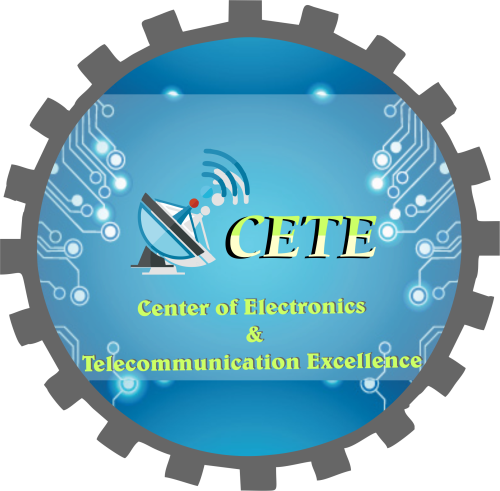Microwave Engineering and Technologies are a rapidly evolving field, with innovations in microwave and millimeter-wave communication systems driving advances in industries such as telecommunications, defense, healthcare, and many more. The field involves the design, development, and application of microwave and millimeter-wave systems, including the study of their propagation, components, and circuits.
Key Research Areas
- Millimeter-wave Communications: Millimeter-wave communications is an exciting area of research with the potential to provide high-speed wireless communication services. Researchers are exploring ways to develop compact, low-power and low-cost millimeter-wave components and systems.
- Antennas and Propagation: Antennas and Propagation play a crucial role in microwave engineering, as they determine the quality of wireless communication links. Researchers are working on developing new antenna designs, such as metamaterial antennas, reconfigurable antennas, and multi-beam antennas, to improve the performance of microwave communication systems.
- Microwave Circuit Design: Microwave Circuit Design involves the design and implementation of circuits that operate at microwave frequencies, such as amplifiers, mixers, and oscillators. Researchers are exploring ways to reduce the size and power consumption of microwave circuits, as well as to increase their reliability.
- Microwave Imaging: Microwave Imaging involves the use of microwave signals to produce images of objects. This technology has a wide range of applications in fields such as medicine, security, and environmental monitoring. Researchers are working on developing new techniques for microwave imaging, such as compressive sensing and deep learning, to improve its accuracy and speed.
- Antenna Design: Antenna design is an important aspect of microwave engineering. The design of microwave antennas is critical in ensuring that the systems operate efficiently and effectively. Antenna design involves the optimization of different parameters such as frequency, size, and shape to achieve the desired performance. In recent times, researchers have been working on developing new and innovative antenna designs that can operate in multiple frequencies, are compact and can provide higher gain.
- Microwave Circuits: Microwave circuits form the building blocks of microwave systems. The design of microwave circuits is a complex process that involves the optimization of various parameters such as the material used, size and shape of the components, and the operating frequency. Researchers are working on developing new and innovative circuits that are more efficient, smaller, and can operate at higher frequencies.
- Microwave Components: The development of new and innovative microwave components is an important area of research in the field of microwave engineering. These components include microwave filters, microwave amplifiers, and microwave mixers. Researchers are working on developing new and innovative components that are smaller, more efficient, and can operate at higher frequencies.
- Microwave Systems: The design and development of microwave systems is an important area of research in the field of microwave engineering. Researchers are working on developing new and innovative systems that are more efficient, smaller, and can operate at higher frequencies.
- Microwave Medical Technologies: The application of microwave technology in medical treatments is a rapidly growing field of research. Researchers are working on developing new and innovative medical technologies that can use microwave energy to diagnose and treat various medical conditions.
Future Trends
5G Technology: The development of 5G technology is an important trend in the field of microwave engineering. 5G technology promises to provide high-speed data communication services with low latency and high reliability.
Wireless Communications: Wireless communications are becoming more and more important with the increasing demand for high-speed data communication services. Researchers are working on developing new and innovative wireless communication technologies that are more efficient, smaller, and can operate at higher frequencies.
Internet of Things (IoT): The Internet of Things (IoT) is a rapidly growing field that promises to connect a vast number of devices to the Internet. Researchers are working on developing new and innovative microwave technologies that can support the growth of the IoT.
Smart City Technologies: Smart city technologies are becoming increasingly important as cities continue to grow and urbanize. Researchers are working on developing new and innovative microwave technologies that can support the development of smart cities.
Space Communication: The development of space communication technologies is an important trend in the field of microwave engineering. Researchers are working on developing new and innovative technologies that can support the communication needs of future space missions.
In conclusion, Microwave Engineering and Technologies are a rapidly evolving field, with a wide range of exciting research opportunities and applications. With the rise of new technologies such as 5G communication systems, IoT, and autonomous systems, the field will continue to grow in importance in the coming years.
Keywords: Microwave Engineering, Antenna Design, Microwave Circuits, Microwave Components
References:
[1] J. R. James, Microwave Engineering, 4th Edition, Pearson Education, 2010.
[2] K. W. Chang, RF Microwave Wireless Systems, John Wiley & Sons, 2001.
[3] S. C. Gupta and R. Garg, “Handbook of Microwave Technology,” Springer, 2005.
Want to know about Microware engineering ?
